How To Record Voice Professionaly On Mobile ?
To record voice professionally on a mobile device, you can follow these steps:
1. Find a quiet environment: Choose a location with minimal background noise to ensure clear and professional-sounding recordings.
2. Use a high-quality microphone: Invest in an external microphone that is compatible with your mobile device. This will significantly improve the audio quality compared to using the built-in microphone.
3. Position the microphone correctly: Place the microphone close to your mouth, ensuring it is pointed towards you. This will help capture your voice clearly and reduce unwanted noise.
4. Adjust recording settings: Explore the settings of your recording app to optimize the audio quality. Adjust the sample rate, bit depth, and file format to suit your needs.
5. Monitor audio levels: Keep an eye on the audio levels while recording to avoid distortion or clipping. Aim for a consistent and balanced sound throughout the recording.
6. Edit and enhance the recording: After recording, use audio editing software or mobile apps to trim any unwanted parts, adjust volume levels, and apply filters or effects if necessary.
Remember, practice and experimentation are key to achieving professional-sounding voice recordings on a mobile device.
1、 Selecting the right microphone for mobile recording
Selecting the right microphone for mobile recording is crucial when aiming to record voice professionally on a mobile device. With advancements in technology, there are now various options available that can help achieve high-quality audio recordings on the go.
One of the most popular choices for mobile recording is a lavalier microphone. These small, clip-on microphones can be easily attached to clothing and provide excellent sound quality. They are ideal for interviews, podcasts, and vlogging, as they capture the voice directly and minimize background noise.
Another option is a shotgun microphone, which is designed to capture sound from a specific direction. This type of microphone is great for outdoor recordings or situations where you need to focus on a particular sound source. It can help eliminate unwanted noise and provide a more professional sound.
USB microphones are also becoming increasingly popular for mobile recording. These microphones can be directly connected to your mobile device via an adapter or a USB-C port. They offer high-quality audio and are convenient to use, making them a great choice for recording voiceovers, podcasts, or music on the go.
When selecting a microphone, it's important to consider the compatibility with your mobile device. Ensure that the microphone you choose is compatible with your smartphone or tablet's operating system and connection ports.
Additionally, it's worth considering the microphone's durability and portability. Look for microphones that are compact, lightweight, and have a sturdy build, as they will be easier to carry around and withstand the rigors of mobile recording.
In conclusion, selecting the right microphone for mobile recording is essential for achieving professional-sounding voice recordings. Whether you opt for a lavalier microphone, shotgun microphone, or USB microphone, ensure compatibility with your mobile device and consider factors such as sound quality, durability, and portability. With the right microphone, you can capture high-quality audio on your mobile device and take your recordings to the next level.

2、 Optimizing recording settings for professional-quality voice recordings
To record voice professionally on a mobile device, there are several steps you can take to optimize your recording settings and achieve high-quality results.
1. Choose the right app: Look for a reputable recording app that offers advanced features such as adjustable sample rates, bit depths, and file formats. Some popular options include Voice Recorder, GarageBand, and Audacity.
2. Find a quiet environment: Background noise can significantly impact the quality of your recording. Select a quiet location or use soundproofing techniques to minimize unwanted noise.
3. Use a high-quality microphone: While mobile device microphones have improved over the years, they may not always capture audio with professional-level clarity. Consider investing in an external microphone that can be connected to your mobile device for better sound quality.
4. Adjust recording settings: Set the sample rate to at least 44.1kHz and the bit depth to 16-bit for CD-quality audio. These settings ensure a higher level of detail and fidelity in your recordings.
5. Monitor audio levels: Keep an eye on the audio levels during recording to avoid distortion or clipping. Adjust the input gain to achieve a balanced and clear sound.
6. Consider using a pop filter: If you're recording vocals, a pop filter can help reduce plosive sounds (such as "p" and "b" sounds) that can cause distortion.
7. Edit and enhance: After recording, use audio editing software to trim any unwanted sections, adjust volume levels, and apply equalization or compression to enhance the overall sound quality.
It's worth noting that the latest mobile devices often come equipped with advanced recording capabilities, including built-in noise reduction and audio enhancement features. Therefore, it's essential to explore the settings and features specific to your device to take full advantage of its capabilities.
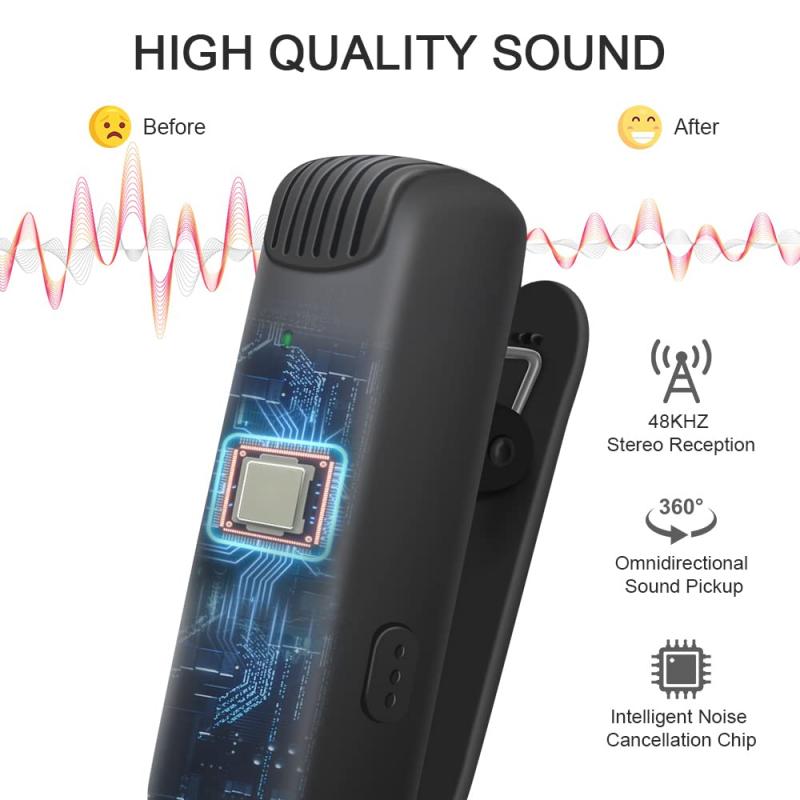
3、 Using external audio interfaces for improved mobile recording
Using external audio interfaces for improved mobile recording is a great way to record voice professionally on a mobile device. These interfaces allow you to connect high-quality microphones directly to your mobile device, resulting in improved sound quality and more control over your recordings.
To get started, you will need an external audio interface that is compatible with your mobile device. There are many options available on the market, ranging from compact and portable interfaces to more advanced models with additional features. Look for interfaces that support both iOS and Android devices to ensure compatibility.
Once you have your audio interface, connect it to your mobile device using the appropriate cables or adapters. Most interfaces will connect via USB or Lightning, depending on your device. Make sure to follow the manufacturer's instructions for proper setup.
Next, connect your microphone to the audio interface using an XLR cable. Choose a high-quality microphone that suits your recording needs, whether it's a dynamic microphone for vocals or a condenser microphone for capturing more detail.
Before recording, adjust the input gain on your audio interface to ensure optimal levels. This will prevent distortion and ensure a clean recording. You can monitor your levels using the interface's built-in meters or through a dedicated recording app on your mobile device.
To further enhance your recordings, consider using a pop filter to reduce plosive sounds and a microphone stand or boom arm for stability. Additionally, using a quiet and acoustically treated environment will help minimize background noise and improve the overall quality of your recordings.
In conclusion, using external audio interfaces for mobile recording is a fantastic way to achieve professional-quality voice recordings on your mobile device. With the right equipment and setup, you can capture clear and crisp audio that rivals traditional studio recordings.
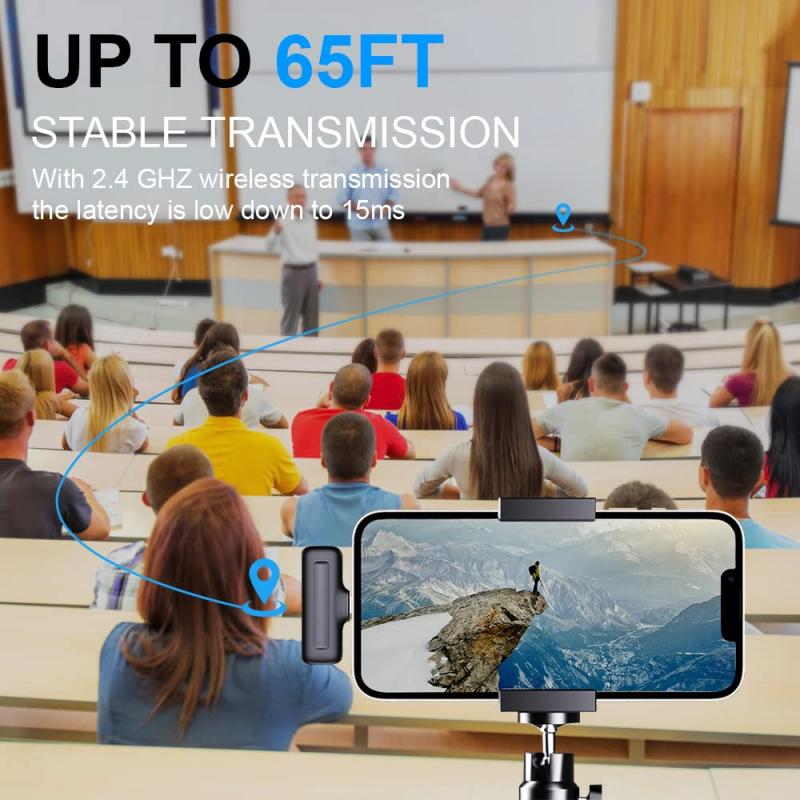
4、 Positioning the microphone correctly for optimal sound capture
Positioning the microphone correctly for optimal sound capture is crucial when recording voice professionally on a mobile device. While mobile devices have improved in terms of audio quality, the microphone placement still plays a significant role in achieving professional results.
Firstly, it is important to hold the mobile device close to your mouth, but not too close to avoid distortion. This ensures that the microphone captures your voice clearly and minimizes background noise. Experiment with different distances to find the sweet spot that works best for your voice.
Secondly, consider the directionality of the microphone. Most mobile devices have omnidirectional microphones, which capture sound from all directions. However, some devices may have directional microphones that capture sound primarily from one direction. In such cases, make sure to position the microphone towards your mouth for optimal sound capture.
Additionally, be mindful of any obstructions that may interfere with the microphone's performance. Avoid covering the microphone with your hand or fingers while recording, as this can muffle the sound. Similarly, be cautious of any cases or accessories that may block or interfere with the microphone's placement.
Lastly, take advantage of external microphones that can be connected to your mobile device. These microphones often provide better sound quality and allow for more control over the recording process. External microphones can be attached to the device or used wirelessly, providing flexibility in positioning and capturing sound.
In conclusion, positioning the microphone correctly is essential for recording voice professionally on a mobile device. By holding the device close to your mouth, considering the microphone's directionality, avoiding obstructions, and utilizing external microphones, you can achieve optimal sound capture and produce high-quality recordings.
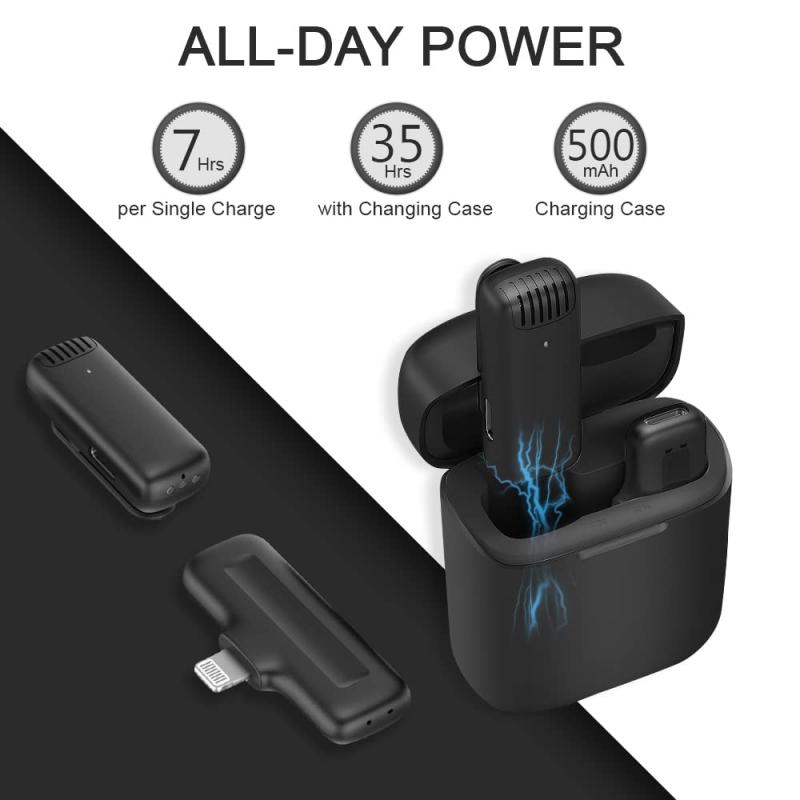






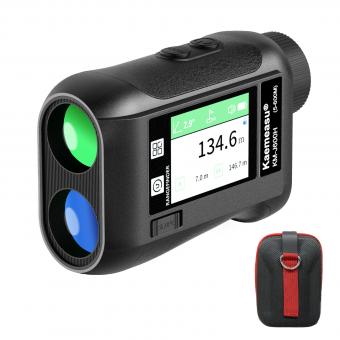

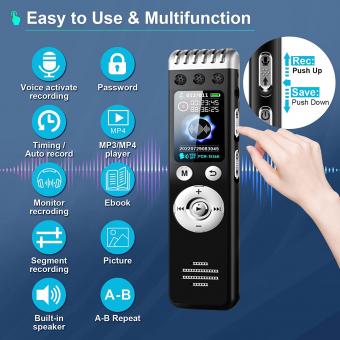


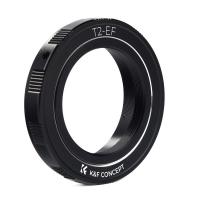

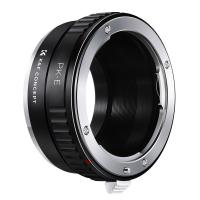
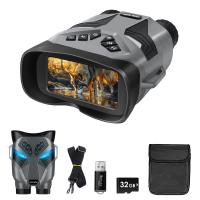

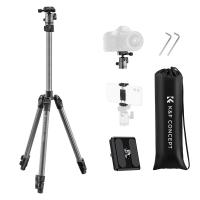
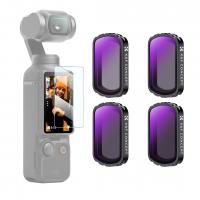
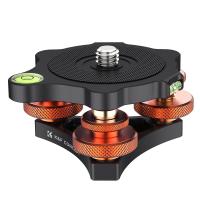
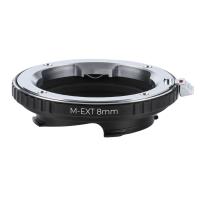
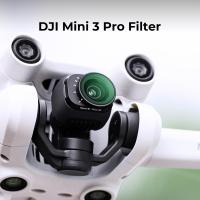

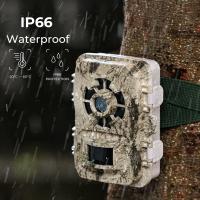

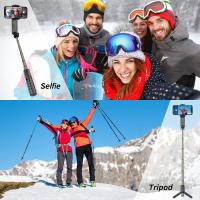
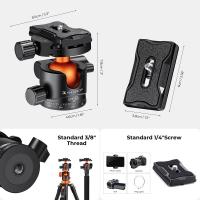
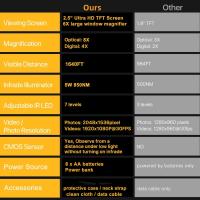


There are no comments for this blog.